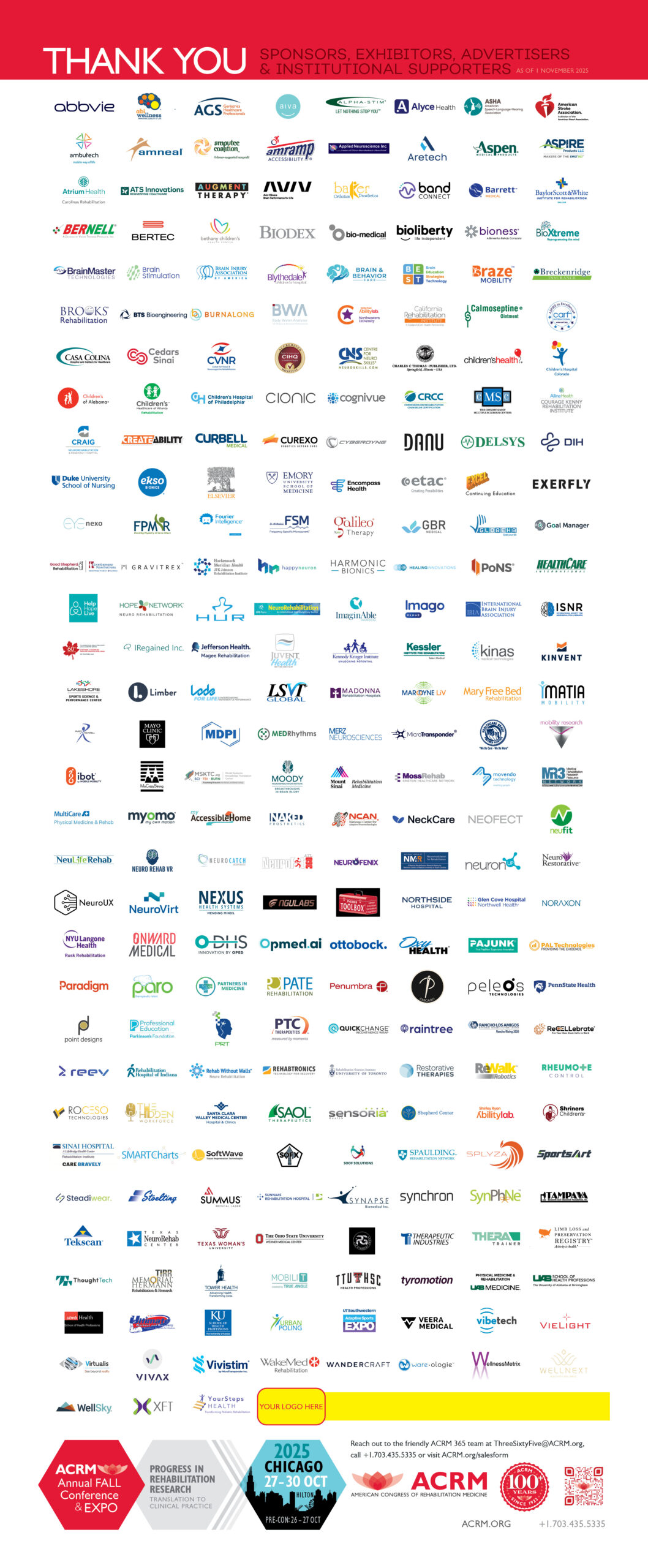By Peter Thomas, Principal; Theresa Morgan, Legislative Director; Peggy Tighe, Counsel; Tim Drake, Legislative Intern and Frank Hood, Legislative Intern.
On 10 April 2013, President Obama released his FY 2014 budget, two months after the official deadline by which the President is legally obligated to offer a spending proposal for the next fiscal year. His budget totals $3.77 trillion for 2014 and includes $580 billion in tax increases and over $1 trillion in spending cuts over the next ten years to achieve a total of $1.8 trillion of additional deficit reduction. While the President’s proposal brings the deficit down to 1.7% of the Gross Domestic Product (GDP) by 2023, it does not eliminate the annual deficit entirely.
There are two major provisions in the President’s budget that Republicans are suggesting will increase the possibility of reaching a “grand bargain” on deficit reduction later this year. The budget calls for nearly $400 billion of savings over ten years through “entitlement reforms” – primarily a combination of Medicare cuts and delivery reforms – which we list in detail in this update. It also includes $230 billion in savings achieved by recalculating how cost-of-living adjustments are applied to Social Security and other programs across the federal government (better known as the “chained CPI” proposal). Both of these proposals are very controversial.
Survey and Certification:
Sequestration: The President’s budget replaces the across-the-board cuts under “sequestration,” which would result in the elimination of the 2% cut in Medicare reimbursement that went into effect this month. The cost of eliminating sequestration would be offset in part through nearly $400 billion in healthcare savings over ten years. This savings includes $371 billion in Medicare payment cuts to providers and drug companies, further means-testing of Part B and Part D premiums for more affluent Medicare beneficiaries, and many other proposals.
Medicaid: The President’s proposed Medicaid cuts are relatively small (about $22.1 billion over ten years) compared with previous budgets where he proposed $100 billion in Medicaid cuts. However, even these more modest proposals are significant for those providers and patients affected. For instance, the President’s budget would apply Medicare competitive bidding of durable medical equipment to Medicaid, saving approximately $4.5 billion. Notably, the President did not include in this year’s budget two key proposals he proposed in the past, namely his proposal to limit Medicaid provider assessments (saving $23.6 billion) and implementation of a single Medicaid matching rate (which would have saved $14.9 million).
SGR Fix: The President’s budget also proposes a permanent SGR fix, at a cost of about $250 billion over 10 years. The proposal suggests starting with a period of payment “stability” to allow time to develop scalable and accountable payment models. The budget does not propose a particular model, but suggests that an effective model will encourage care coordination, reward practitioners who provide high-quality and efficient care, and holds practitioners accountable through the application of financial risk for providing consistently low quality care at excessive costs.
House and Senate Budgets: The House and Senate have already passed their own budgets with significant differences between them and the President’s proposal. For instance, the Republican-led House passed in March a budget proposal that directs Congress to cut $4.6 trillion from programs such as Medicaid, food stamps, other entitlements, and discretionary domestic spending. The House budget would raise no new revenues (i.e., taxes) and would repeal the Affordable Care Act but leave the savings achieved by the ACA (over $700 billion) in the budget. It would also leave the $1.2 trillion sequestration cuts in place but would add significant new money for defense spending. In addition, the budget would overhaul Medicare for people 54 years old and younger by changing the program to a “premium support” model and eliminating the “entitlement” to Medicare.
The Democratic controlled Senate also passed a budget proposal that would replace the sequestration cuts and realize $1.85 trillion in savings through a combination of tax revenue increases and spending cuts, approximately $750 billion of each over ten years. The Senate budget explanation proposes $275 billion in cuts from health care programs but offers little detail of these cuts other than to say that they would “not harm seniors or families.” There are indications that the Medicaid cuts would be limited to approximately $10 billion over ten years.
The next phase in the budget process is for the House and Senate to agree to a joint budget resolution which could frame the parameters of a grand bargain budget compromise. The House and Senate budgets are so different from each other that many expected this would not occur. But recent developments suggest that negotiations may actually move forward. If a joint budget resolution is achieved, it is possible that it would include “reconciliation” instructions, which would establish the process for achievement of a major deficit reduction deal later this year. However, given the political polarization in Washington, this is still considered a tall order. Whether or not Congress agrees to a joint budget resolution, it will also have to tackle the annual appropriations bills for FY 2014 which will likely include additional health spending cuts other than cuts to entitlements.
Specific Health Care Spending Reductions Proposed in the President’s Budget
Most of the Medicare and Medicaid policy proposals have the effect of reducing spending over the next ten years. Post-acute care, including inpatient hospital rehabilitation is hit particularly hard, as are hospitals and pharmaceuticals. The specific proposals include:
- Post-Acute Care: Reduce Medicare market basket updates for Inpatient Rehabilitation Hospitals and Units (IRFs), Long-Term Acute Care Hospitals, Skilled Nursing Facilities (SNFs) and Home Health Agencies by 1.1 percentage points beginning in 2014 through 2023 ($80 billion over 10 yrs). Annual updates would not fall below zero in these years. This proposal is consistent with MedPAC recommendations.
- Bundling of Post Acute Care Services: Beginning in 2018, implement bundled payment for post acute care providers, including LTCHs, IRFs, SNFs and home health providers; Payments would be bundled for at least half of the total payments for post-acute care providers; Rates would be based on patient characteristics and other factors and will achieve a total cumulative spending reduction of -2.85 percent by 2020 (saves $8.2 billion over 10 yrs). This proposal is not new but additional detail has been added to this year’s proposal. MedPAC strongly endorses this proposal.
- Access to Inpatient Hospital Rehabilitation: The budget proposes to increase the 60% Rule back up to 75% in 2014, which would make it more difficult for Medicare beneficiaries to qualify for coverage in an inpatient rehabilitation hospital or unit (saves $2.5 billion over 10 years).
- Site-Neutral Payment: Equalize Medicare Payment for certain conditions treated in either IRFs or SNFs; HHS specifies conditions involving hips and knees, pulmonary conditions and other conditions at the Secretary’s discretion. Beginning in 2014, HHS would lower payments to IRFs for these conditions to encourage treatment in a SNF rather than an IRF (saves $2 billion over 10yrs). This proposal is repeated from previous budgets but no real detail has been added to this year’s proposal.
- Home Health Care: In addition to market basket reductions, the budget proposes for the first time to impose a co-payment of $100 per home health episode for new beneficiaries, applied to episodes with five or more visits not preceded by an inpatient stay (saves $730 million over 10 yrs.)
- Hospital Cuts: The budget reduces funding for bad debt incurred by hospitals because of beneficiaries’ nonpayment of deductibles and co-insurance by $25.5 billion, indirect graduate medical education (GME) payments by almost $11 billion by cutting payments by 10 percent starting in 2014, and funding for critical access hospitals by nearly $1.5 billion, all over ten years. All of these spending reductions would be in addition to those included in the Affordable Care Act.
- Physician Practices Impact: The budget proposes to exclude certain services from the in-office ancillary services exception under the Stark physician self-referral law including radiation therapy, rehabilitation therapy, and advanced imaging. This proposal is designed to address recent increases in the use of these services associated with physician practices and would take effect in 2015 (saves $6.1 billion over 10 yrs.)
- Beneficiary Impact: The budget places greater financial burdens on Medicare beneficiaries to pay for a larger share of their Medicare expenses including:
- Increases Part B and Part D premiums based on income so that 25% of beneficiaries increase their contribution to their Medicare expenses. (This saves approximately $50 billion over ten years.)
- Increases the Part B deductible by $25 in 2017, 2019 and 2021 for new beneficiaries (saves $3.3 billion over 10 yrs.)
- Introduces a Part B premium surcharge, equivalent to approximately 15 percent of the average Medigap premium or 30 percent of Part B premium, for new beneficiaries who purchase Medigap policies with particularly low cost-sharing requirements, effective in 2017. Medigap plans that meet minimum cost-sharing requirements would be exempt (saves $2.9 billion over 10 yrs.)
Impact on Select Health Care Discretionary Programs
National Institutes of Health: In addition to the entitlement reforms described above that would apply across a ten-year period, the President’s budget also establishes spending levels for domestic discretionary programs for Fiscal Year 2014, which begins on 1 October 2013. Notably, the President’s budget seeks to increase funding for the National Institutes of Health by $472 million in FY 2014 over the amount of NIH funding for FY 2012/2013. This is a significant increase that was not expected considering the fiscal circumstances. The budget justification for this increase includes both the President’s interest in keep competitive with medical research throughout the world and his new initiative to map human brain activity and develop treatments for diseases such as TBI, Alzheimer’s, and autism. Unfortunately, it appears that the bulk of the offset to fund this increase was taken out of the Centers for Disease Control and Prevention (CDC), which received a reduction in their budget of $432 billion for FY 2014.
Rehabilitation Research at NIH: With respect to the National Institute of Child Health and Human Development (NICHD), which houses the National Center for Medical Rehabilitation Research (NCMRR), the budget calls for a $20 million increase for the Institute in FY 2014 for a total budget of $1.339 million. The NCMRR is slated to receive $77.5 million, an increase of $1.2 million or a 1.6 percent increase above the FY 2012/2013 level. The budget justification alludes to recent recommendations of a Blue Ribbon Panel Report on rehabilitation science but does not reach any conclusions. It also discusses a new research focus on the impact of concussion and mild brain injury across the lifespan, as well as innovative materials and biomechanical modeling research designed to improve orthotic treatments for children with severe physical disabilities.
National Institute on Disability and Rehabilitation Research: The Administration requests $110 million for the National Institute on Disability and Rehabilitation Research, an increase of $1.183 million over the fiscal year 2012 level for this program. The requested increase ($1.2 million) would be used for research activities in the employment domain under a new regulatory framework that NIDRR intends to have in place by 2014. The request also enables NIDRR to cover the costs of grants that began in previous fiscal years ($82 million) and provide $19.9 million for all other new grant awards. More than half the funds for new awards would be in used in three NIDRR programs—the Rehabilitation Research and Training Centers (RRTCs) program, the Rehabilitation Engineering Research Centers (RERCs) program, and domain-specific awards under the Disability and Rehabilitation Research Projects (DRRPs) program.
Conclusion
Many of the President’s proposals are repeated from his earlier annual budgets and a few of these provisions are new. It is important to note that these proposals will not become law unless Congress and the President strike a legislative compromise. One of the most significant areas impacted by potential spending cuts is post-acute care, including inpatient rehabilitation hospital care, which disproportionately impacts people with serious medical conditions, chronic illnesses and disabilities. It is critical that all providers and consumers across the continuum of care remain vigilant in their advocacy to protect these services as the budget discussions continue throughout the year.








